

Articles
How Often Do You Wash Pillows
Modified: August 17, 2024
Discover the importance of washing pillows regularly and learn how to properly clean them. Read our insightful articles for helpful tips and tricks.
(Many of the links in this article redirect to a specific reviewed product. Your purchase of these products through affiliate links helps to generate commission for Storables.com, at no extra cost. Learn more)
Introduction
When it comes to maintaining a clean and healthy home, most of us focus on cleaning floors, surfaces, and fabrics. However, there is one item that often gets overlooked in our cleaning routine: pillows. Pillows play a crucial role in providing comfort and support while we sleep, but they can also accumulate dirt, sweat, dead skin cells, and dust mites over time. Regularly washing your pillows is essential not only for hygiene purposes, but also for extending their lifespan and ensuring a good night’s sleep.
In this article, we will explore the importance of washing pillows, factors to consider when deciding how often to wash them, tips for effectively cleaning pillows, and alternative methods for maintaining their freshness.
Key Takeaways:
- Regularly washing pillows is essential for removing allergens, maintaining freshness, and extending their lifespan, contributing to a healthier sleep environment and overall well-being.
- Factors such as pillow type, allergies, and usage determine washing frequency. Proper techniques and alternatives like pillow protectors and spot cleaning help maintain cleanliness between washes.
Read more: How Often Do You Replace Pillows
Importance of Washing Pillows
As we sleep, our pillows absorb oils, sweat, and dead skin cells, creating an ideal environment for dust mites and other allergens to thrive. These microscopic organisms can trigger allergies, asthma symptoms, and even contribute to the development of respiratory issues. By regularly washing your pillows, you can remove these allergens and create a cleaner sleeping environment.
Furthermore, pillows can also become stained or develop unpleasant odors over time. Sweat, drool, and spills can penetrate the pillow’s outer covering, forming a breeding ground for bacteria. Washing your pillows not only eliminates these stains and odors, but it also helps to maintain their freshness and fluffiness, enhancing your overall sleeping experience.
Aside from the hygiene aspect, washing pillows is also beneficial for their longevity. Over time, pillows can lose their shape and supportiveness due to the compression of the materials inside. Washing and fluffing them regularly can help to restore their original shape and keep them comfortable for a longer period of time, saving you the hassle and expense of frequently replacing them.
Lastly, clean pillows contribute to a healthier complexion. Imagine resting your face on a pillow covered in dirt and oils every night – it’s not ideal for your skin. By washing your pillows, you remove the build-up that can clog pores and contribute to breakouts.
Factors to Consider
When determining how often to wash your pillows, there are several factors to take into consideration:
- Material: The type of material your pillow is made of will impact its cleaning needs. Some pillows, like memory foam or latex pillows, may have specific care instructions and require specialized cleaning methods. Check the manufacturer’s guidelines for the recommended cleaning instructions.
- Allergies and Sensitivities: If you or someone in your household has allergies or sensitivities, it may be necessary to wash pillows more frequently. Dust mites, pet dander, and pollen can exacerbate allergy symptoms, so regular washing can help minimize the presence of these allergens.
- Usage: Consider how often your pillows are used. Pillows in guest rooms or decorative pillows that are not frequently used may not require washing as often as pillows that are used daily. High usage pillows, such as those for sleeping or lounging, should be washed more frequently.
- Environmental Factors: Environmental conditions can also impact the cleanliness of your pillows. If you live in a humid or dusty area, your pillows may accumulate more dirt and allergens. Additionally, if you have pets that shed, their fur and dander can cling to the pillow, necessitating more frequent washing.
It’s important to assess these factors and find a balance that works for you. While there are general guidelines for washing pillows, ultimately, your personal circumstances and preferences will determine how frequently you should wash them.
Frequency of Washing Pillows
The frequency of washing your pillows depends on several factors, including the type of pillow, usage, and personal preference. Here are some general guidelines to help you determine how often to wash your pillows:
- Standard pillows: It is recommended to wash standard pillows every 6 months to a year. However, if you have allergies or sensitivities, washing them every 3-6 months may be more suitable. Regular maintenance, such as using pillow protectors and pillowcases, can help prolong the time between washes.
- Memory foam pillows: Memory foam pillows can be trickier to clean and may require more delicate care. It is best to consult the manufacturer’s instructions for cleaning and follow their guidelines. In general, spot cleaning or using a damp cloth to remove stains and odors is recommended, and machine washing is not advised.
- Down and feather pillows: Down and feather pillows should be washed every 6-12 months. These types of pillows can be more delicate, so it is important to use a gentle cycle and mild detergent when washing them. Additionally, adding a few tennis balls or dryer balls to the dryer can help fluff the pillows while they dry.
- Pillows with removable covers: If your pillows have removable covers, it is a good idea to wash them more frequently than the pillows themselves. Removing and washing the covers every 1-2 months can help keep your pillows fresher for longer.
Ultimately, the decision of how often to wash your pillows should be based on factors such as personal hygiene preferences, allergies, and the condition of the pillows. Regularly assessing the cleanliness and freshness of your pillows will help you determine the best washing frequency for your specific situation.
Wash your pillows every 3-6 months to remove dust mites, oils, and dead skin cells. Follow the care label instructions for best results.
Tips for Washing Pillows
When it comes to washing pillows, following the right techniques can ensure that they are thoroughly cleaned without causing damage. Here are some tips to help you successfully wash your pillows:
- Read the care labels: Before washing your pillows, always check the care labels for any specific instructions or restrictions. Some pillows may require hand-washing or have temperature limitations.
- Pre-treat stains: If your pillows have stains, it’s a good idea to pre-treat them before washing. You can use a mild stain remover or a mixture of baking soda and water to create a paste and gently rub it onto the stain. Allow it to sit for a few minutes before washing.
- Use the right detergent: Opt for a gentle detergent that is suitable for your pillow’s material. Avoid using bleach or harsh chemicals, as they can damage the pillows.
- Load balancing: When washing pillows in a machine, make sure to balance the load by washing two pillows at a time. This helps prevent an unbalanced load, reducing wear and tear on the machine.
- Choose the appropriate wash setting: Set your washing machine to a gentle or delicate cycle with a cold or warm water temperature. This will help protect the pillows while ensuring a thorough cleaning.
- Rinse & spin: After the initial washing cycle, run an extra rinse and spin cycle to remove any remaining detergent residue. This step helps ensure that the pillows are thoroughly clean and free from any detergent build-up.
- Proper drying: Drying pillows properly is essential to prevent moisture and mildew. It is recommended to air-dry pillows, preferably in direct sunlight if possible. If using a dryer, set it to a low heat setting and add dryer balls or clean tennis balls to help fluff the pillows as they dry.
- Regularly fluff and rotate: Even after washing, pillows can lose their shape and become flat over time. To help maintain their fluffiness, fluff and rotate your pillows regularly.
By following these tips, you can ensure that your pillows are thoroughly cleaned and well-maintained, promoting a cleaner and healthier sleep environment.
Read more: How Often Should You Clean A Washing Machine
Drying and Maintaining Pillows
Properly drying and maintaining your pillows is just as important as washing them. Here are some tips to ensure that your pillows dry effectively and remain in good condition:
- Air-drying: Air-drying is the preferred method for drying pillows, as it is gentle and helps retain their shape. After washing, squeeze out excess water from the pillows and hang them to dry in a well-ventilated area. Avoid placing them in direct sunlight, as it can cause discoloration.
- Fluffing while drying: During the drying process, periodically fluff and reshape the pillows to prevent clumping and promote even drying. This can be done by gently beating the pillows or manually manipulating them with your hands.
- Using a dryer: If you choose to use a dryer, opt for a low heat setting to prevent damage to the pillow fillings or fabrics. Add dryer balls or clean tennis balls to the dryer to help fluff the pillows and prevent them from clumping. Check the pillows regularly and remove them from the dryer as soon as they are dry.
- Pillow protectors: To keep your pillows cleaner for longer, consider using pillow protectors. These zippered covers act as a barrier between the pillow and pillowcase, preventing sweat, oils, and other substances from penetrating the pillow. They are also easier to wash and maintain than the pillows themselves.
- Regularly fluff and rotate: Even after washing and drying, pillows can become compressed and lose their shape over time. To maintain their fluffiness and support, regularly fluff and rotate your pillows. This helps distribute the filling and prevents the pillows from becoming flat and lumpy in certain areas.
- Replace when necessary: Despite regular cleaning and maintenance, pillows will eventually lose their effectiveness and comfort. If your pillows have become flat, lumpy, or show signs of wear and tear, it may be time to replace them. The lifespan of pillows can vary depending on the quality, materials, and usage, but a general guideline is to replace them every 1-2 years.
By following these tips, you can ensure that your pillows dry effectively, maintain their shape and fluffiness, and provide optimal comfort and support for a restful night’s sleep.
Alternatives to Washing Pillows
While regular washing is the best way to keep your pillows clean and fresh, there are a few alternatives that can help maintain their cleanliness between washes:
- Pillow protectors: As mentioned earlier, pillow protectors are a great tool for keeping your pillows cleaner for longer. These covers act as a barrier between the pillow and pillowcase, preventing sweat, oils, and other substances from penetrating the pillow. They are easy to remove and wash, helping to extend the time between full pillow washes.
- Frequent pillowcase changing: Changing your pillowcase regularly is a simple but effective way to keep your pillows cleaner. Pillowcases can become dirty and accumulate oils, sweat, and dead skin cells. By changing them at least once a week or more frequently, you can reduce the build-up of dirt and allergens on the pillow.
- Spot cleaning: If you notice a small stain or spill on your pillow, spot cleaning can be a quick and effective way to address the issue. Use a mild detergent or stain remover and a clean cloth to gently dab and clean the affected area. Be sure to follow the instructions provided by the manufacturer and test the cleaning solution on a small, inconspicuous area before applying it to the stain.
- Regular airing: Pillows can benefit from regular airing to help refresh them and remove any trapped odors. Take your pillows outside and give them a good shake to remove dust and dander. Leave them in a well-ventilated area for a few hours, flipping them occasionally, to allow fresh air to circulate through the pillow fibers.
- Using baking soda: Baking soda is a natural deodorizer and can help freshen up your pillows between washes. Sprinkle a small amount of baking soda onto the pillow surface and let it sit for a few hours or overnight. Vacuum or pat off the baking soda before using the pillow.
While these alternatives can help maintain the cleanliness of your pillows, it is essential to remember that regular washing is still necessary to remove allergens, sweat, and dirt that can build up over time. These methods should be seen as supplementary to washing rather than a replacement for it.
Conclusion
Washing your pillows regularly is a crucial step in maintaining a clean, healthy, and comfortable sleep environment. By removing dust, sweat, allergens, and stains, washing your pillows can help improve the quality of your sleep and promote better overall well-being.
Consider the factors such as the type of pillow, allergies, usage, and environmental conditions when determining how often to wash your pillows. General guidelines suggest washing standard pillows every 6 months to a year, but it’s important to adapt this based on your specific circumstances.
When washing your pillows, follow proper techniques such as pre-treating stains, using the right detergent, balancing the load, and choosing the appropriate wash and drying settings. Additionally, regular maintenance, including fluffing, rotating, and using pillow protectors, can help prolong the life and freshness of your pillows.
If you prefer to extend the time between full pillow washes, consider alternatives such as pillow protectors, frequent pillowcase changing, spot cleaning, regular airing, and using baking soda to freshen up your pillows.
In conclusion, maintaining clean and hygienic pillows is an essential part of a healthy sleep routine. By incorporating regular washing and maintenance practices, you can ensure that your pillows provide optimal comfort, support, and freshness, contributing to a good night’s sleep and overall well-being.
Frequently Asked Questions about How Often Do You Wash Pillows
Was this page helpful?
At Storables.com, we guarantee accurate and reliable information. Our content, validated by Expert Board Contributors, is crafted following stringent Editorial Policies. We're committed to providing you with well-researched, expert-backed insights for all your informational needs.
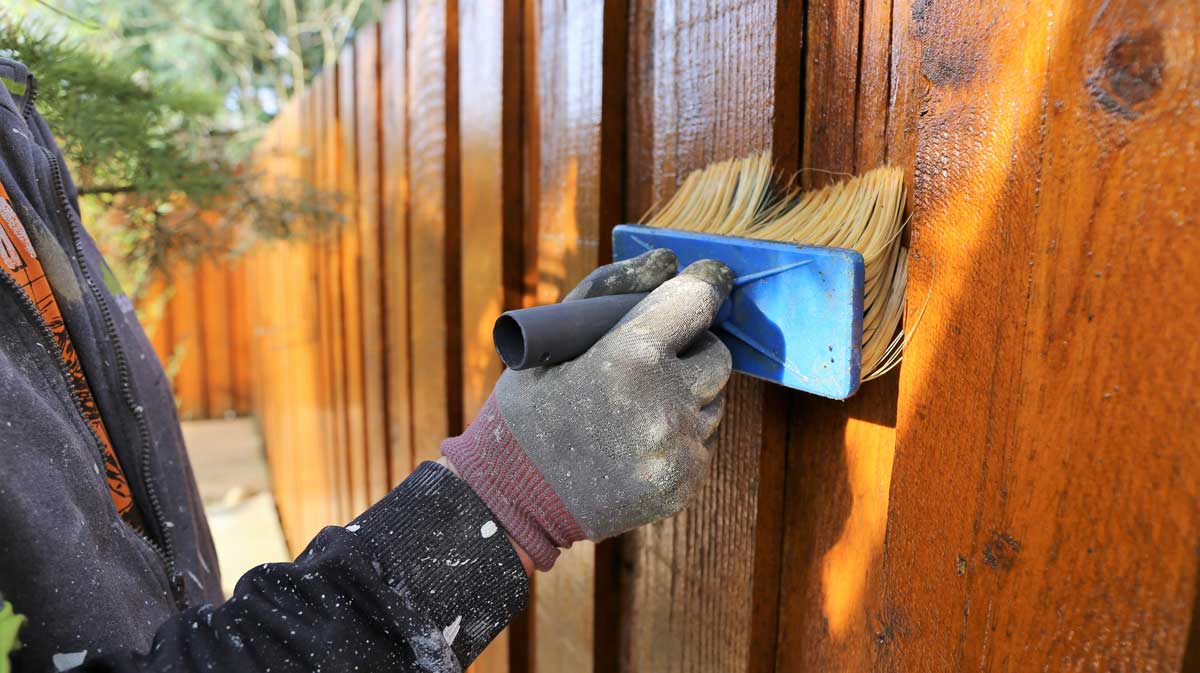
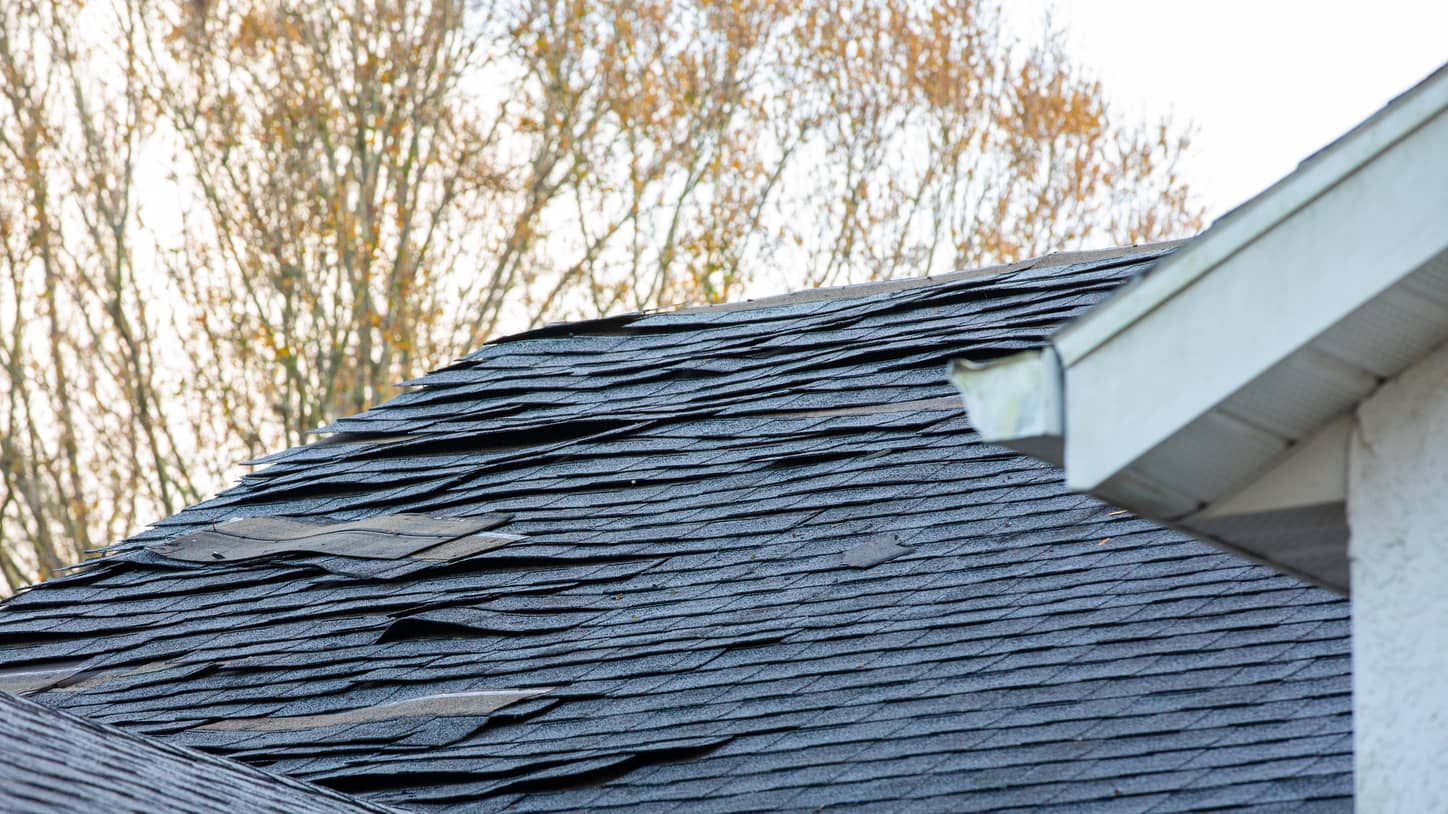
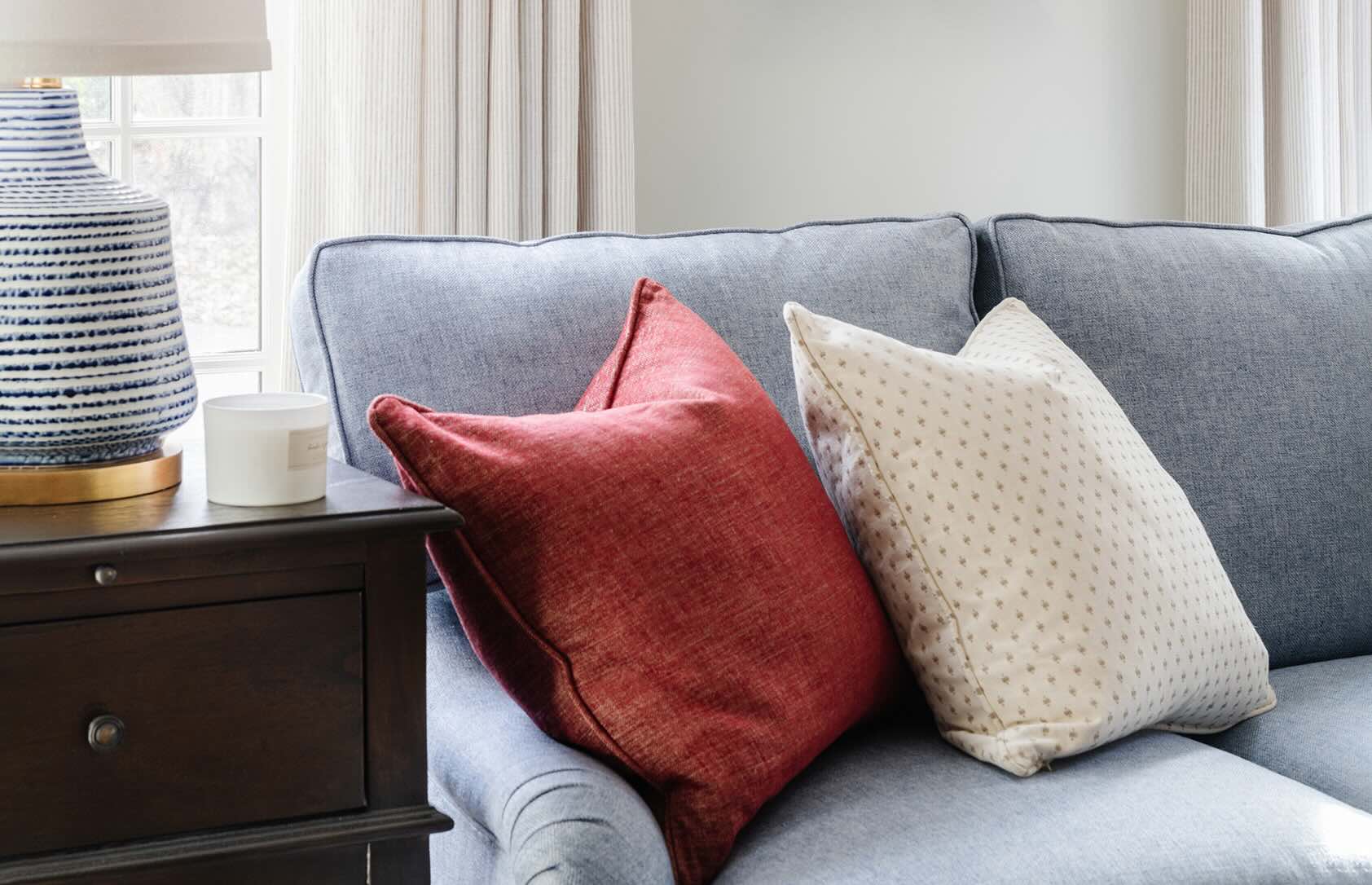

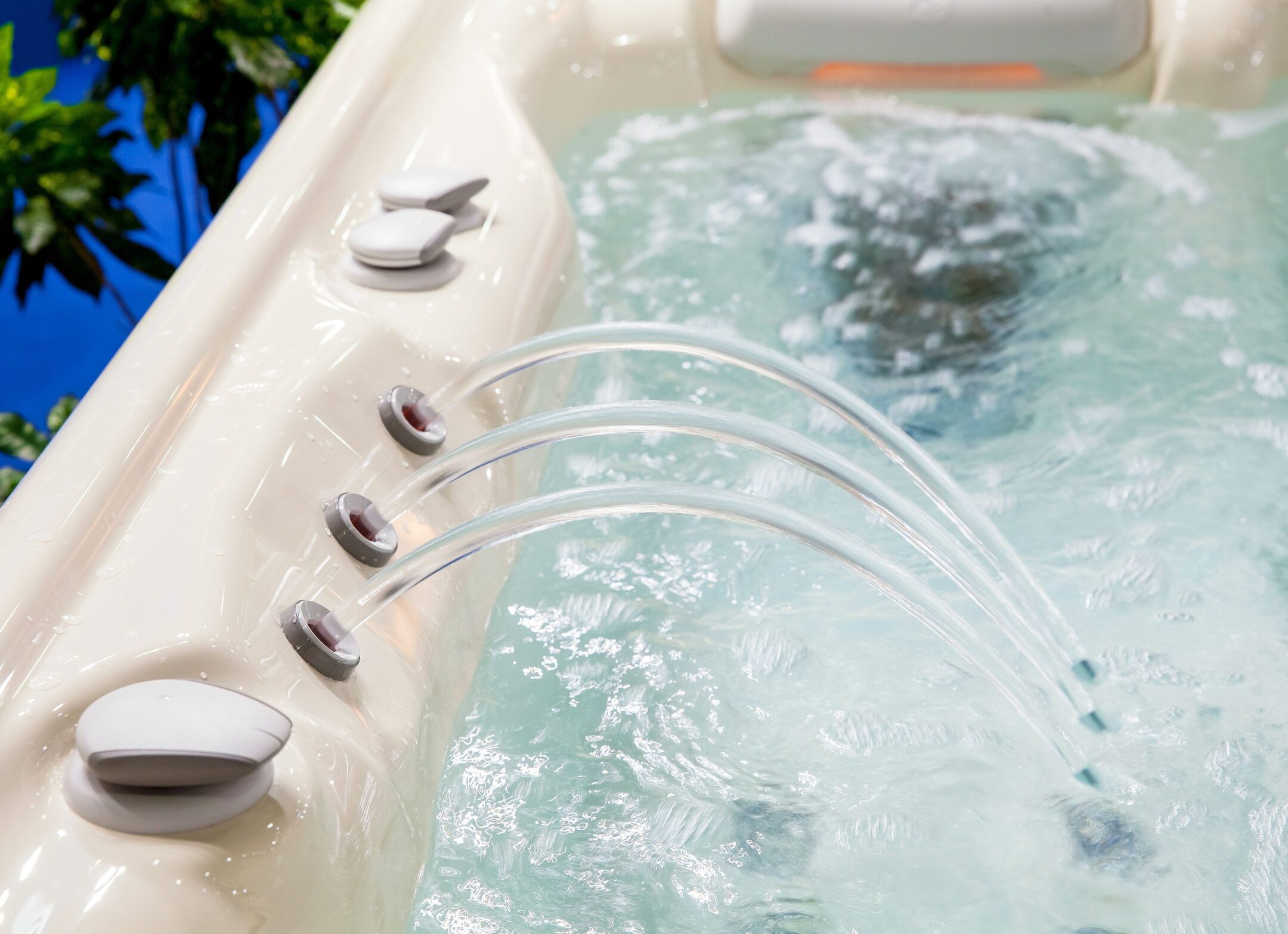

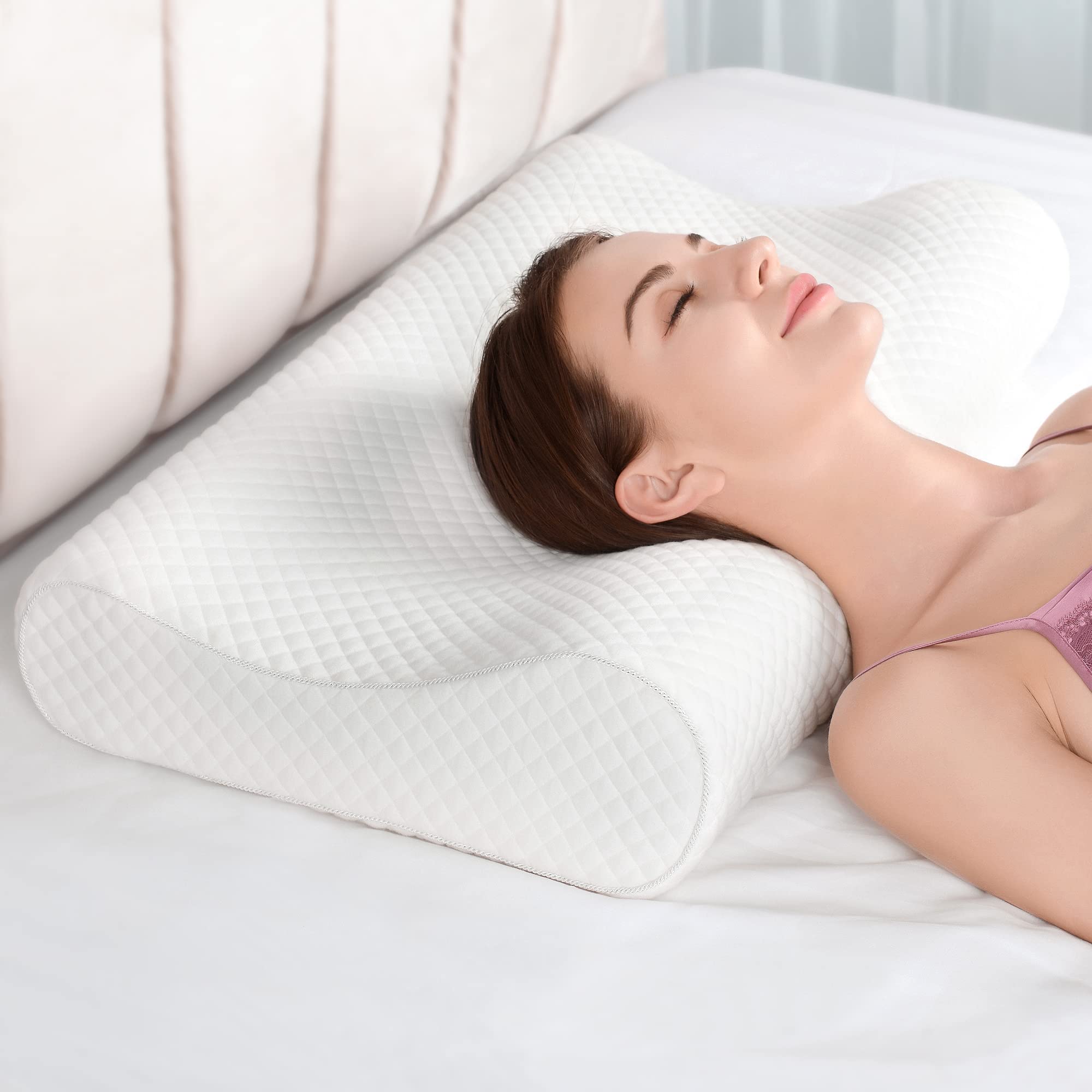
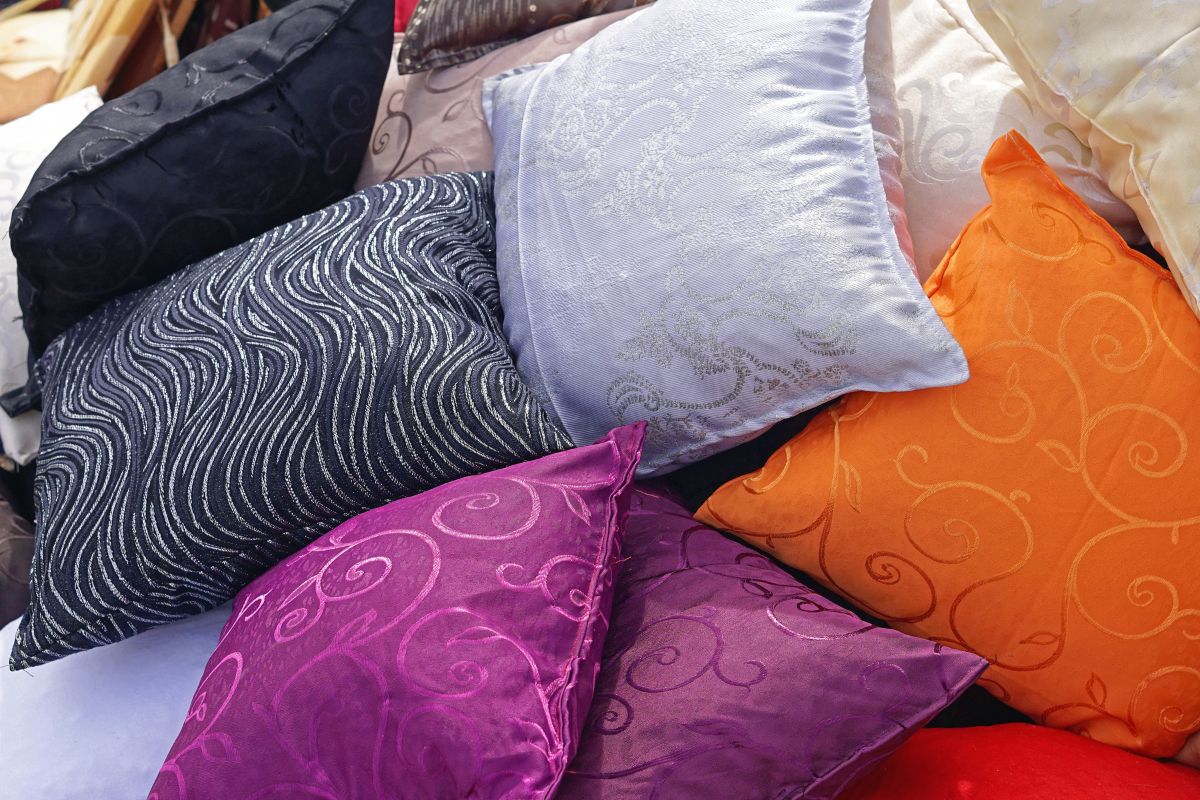
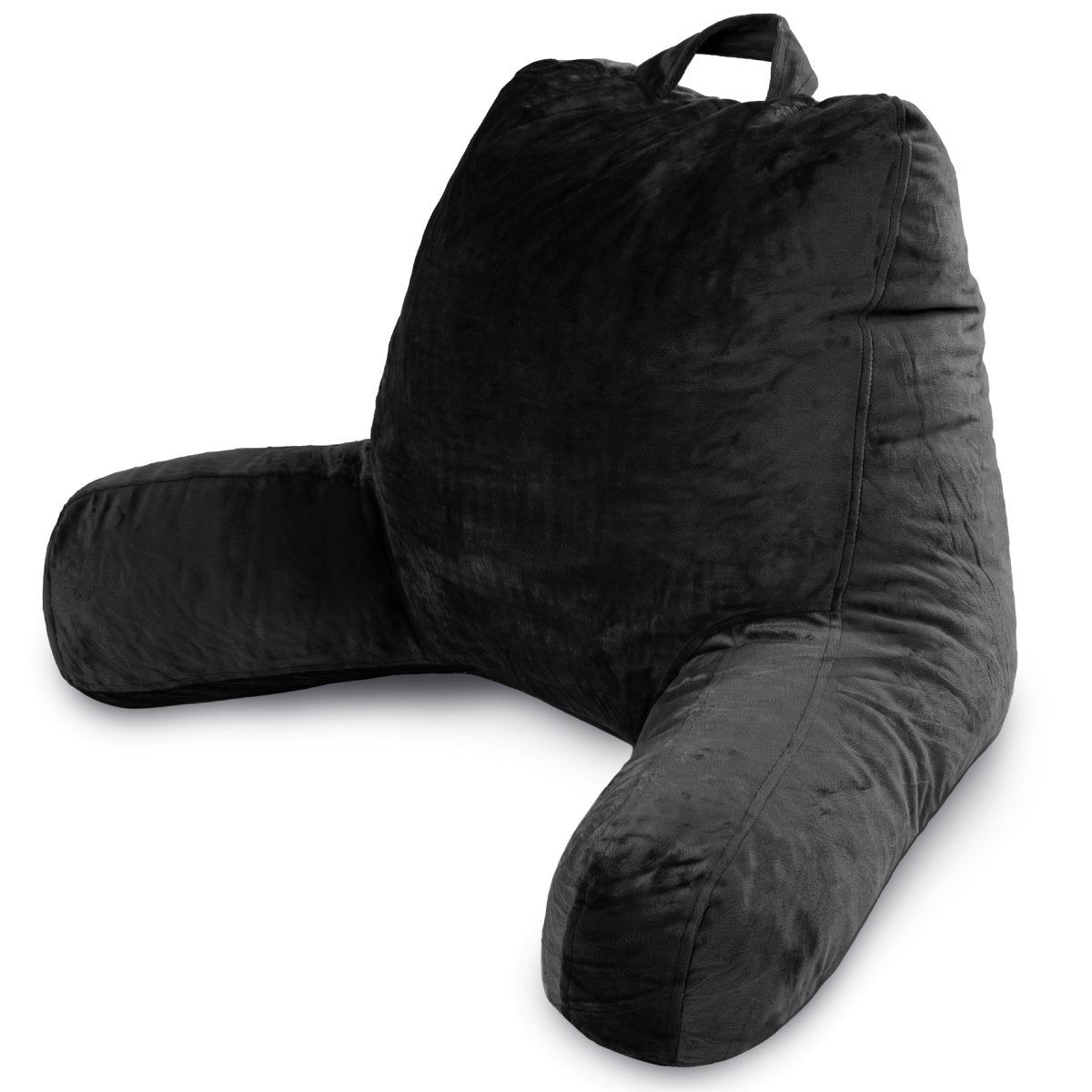
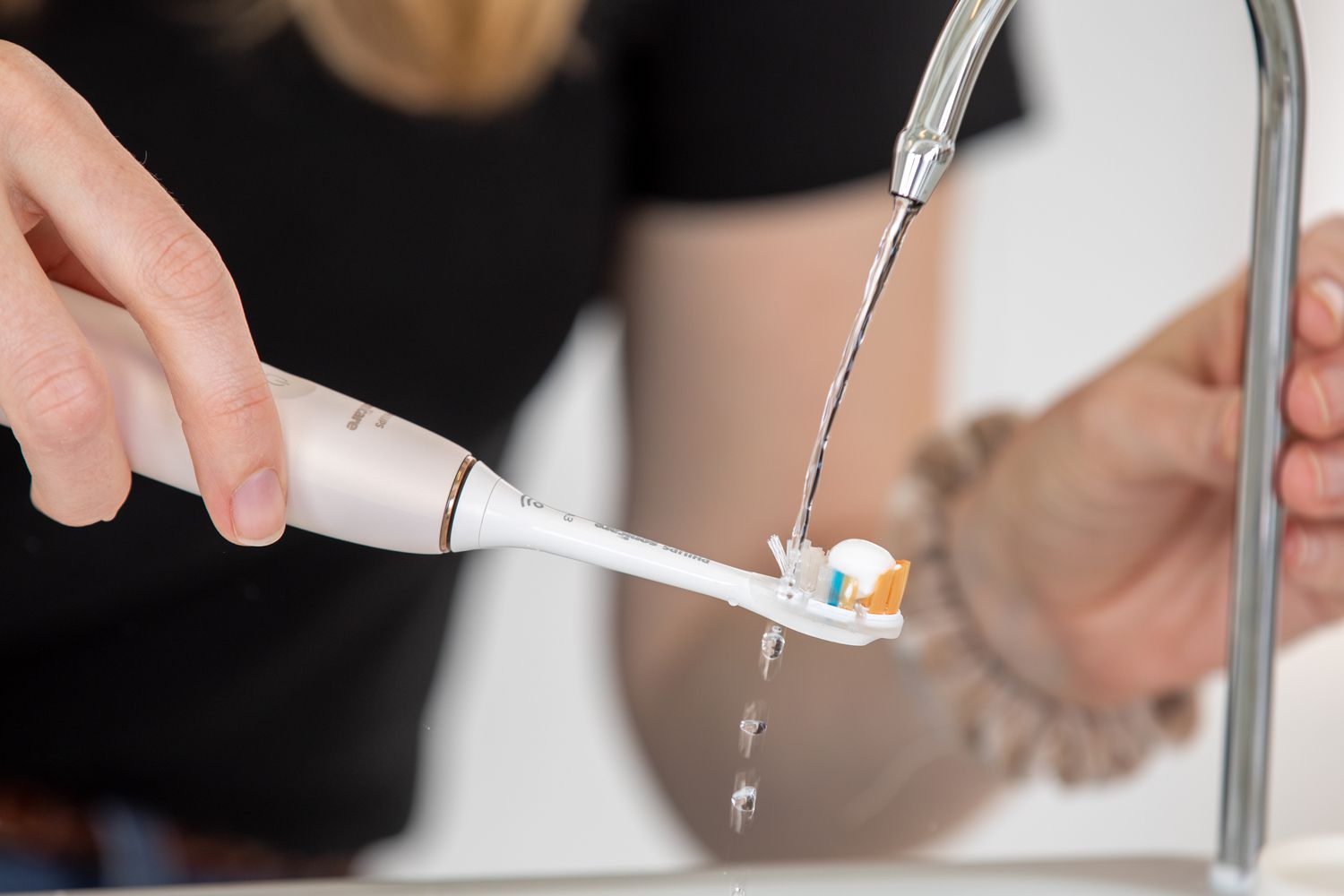
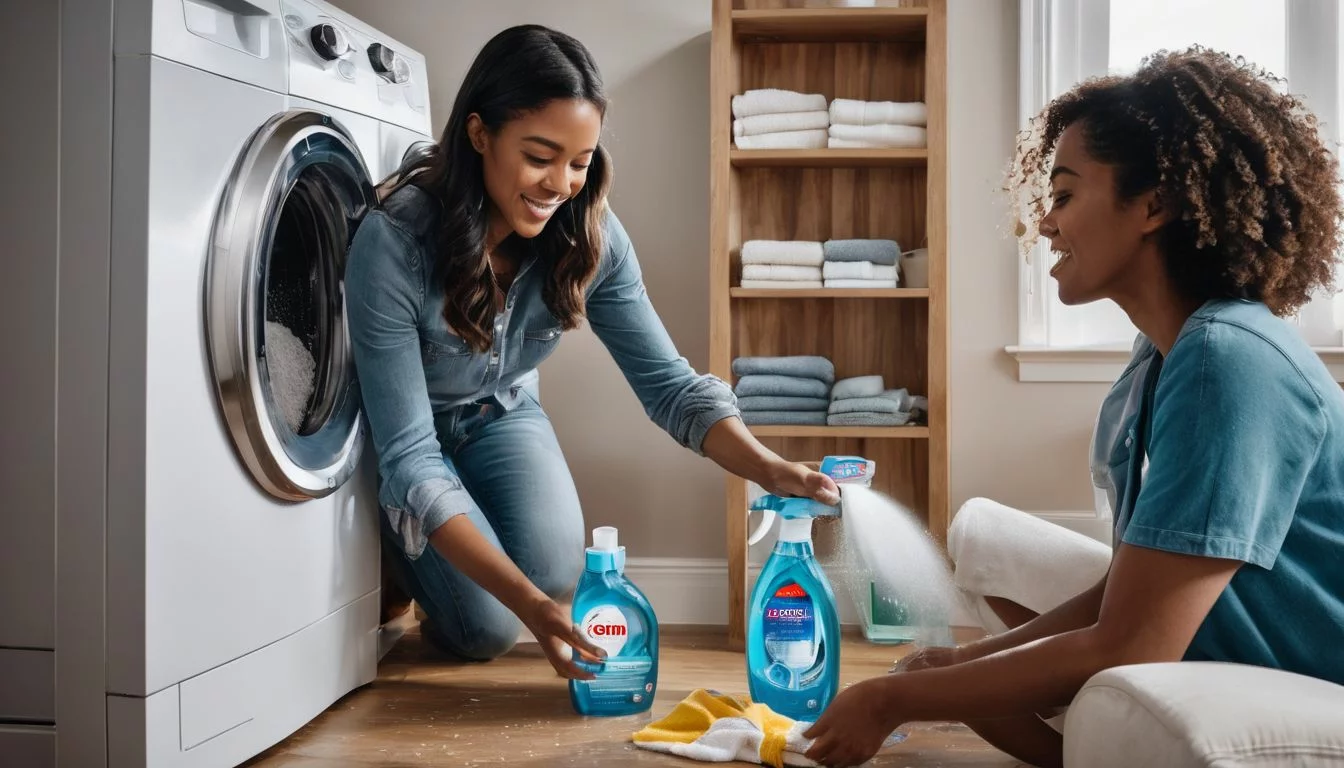
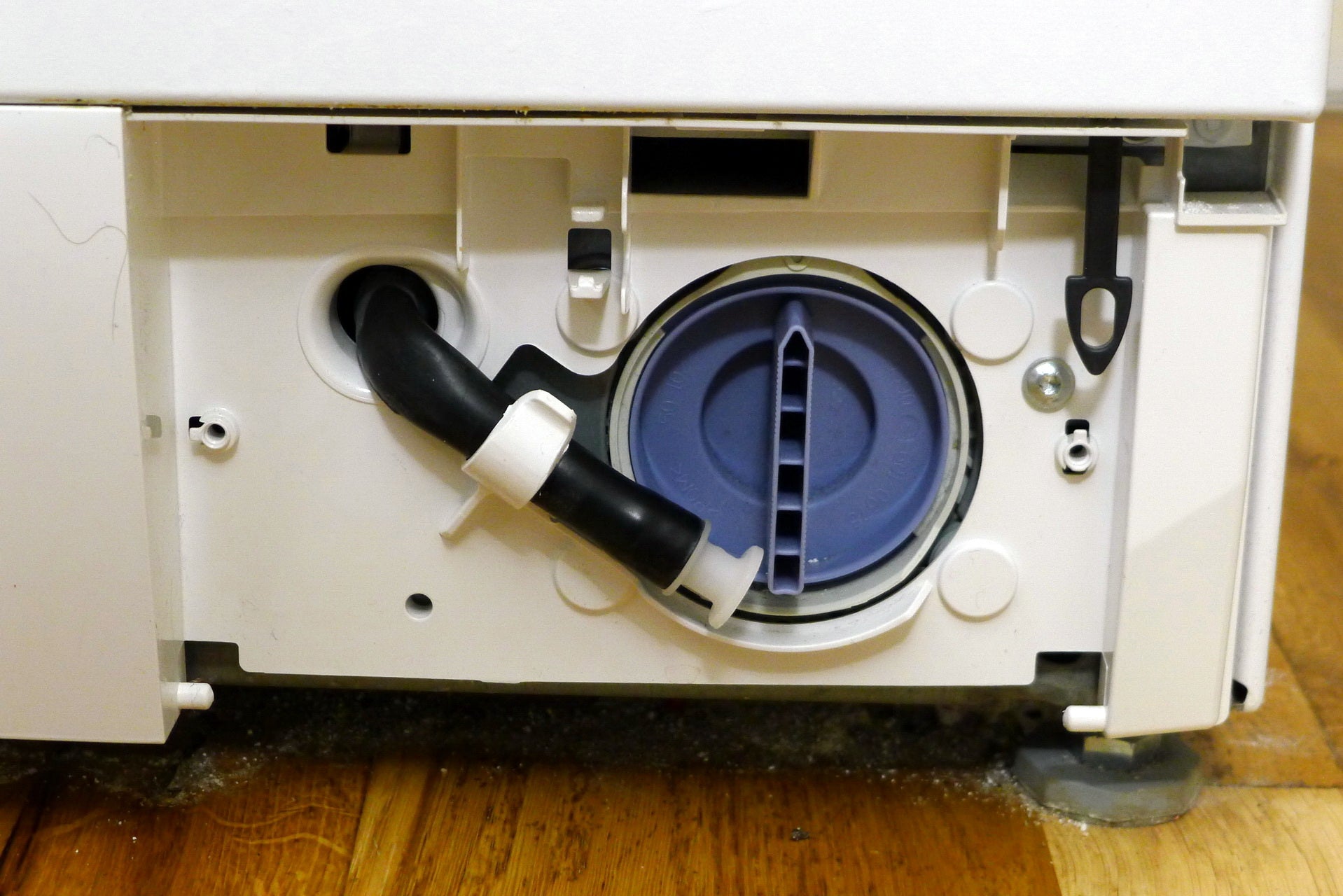
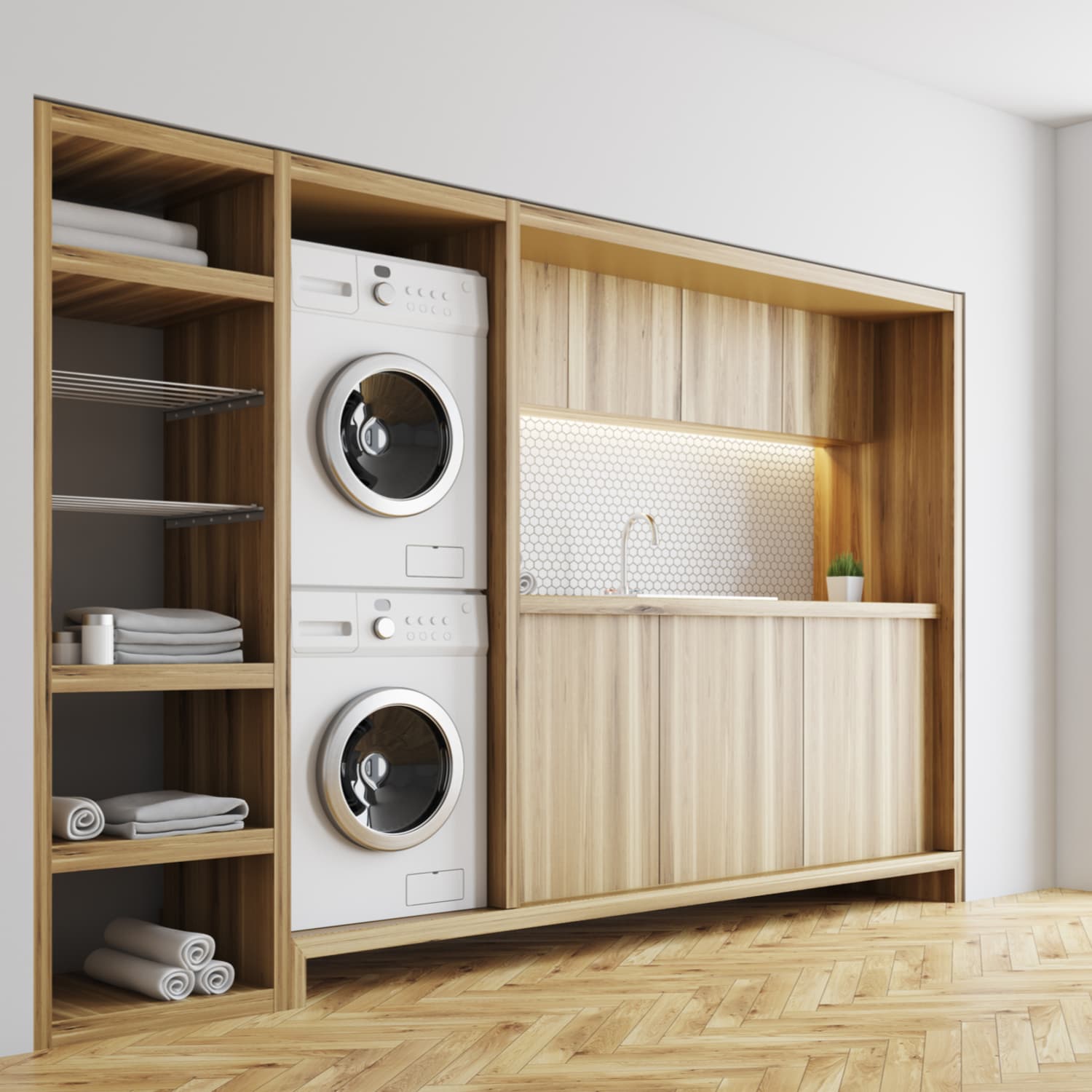
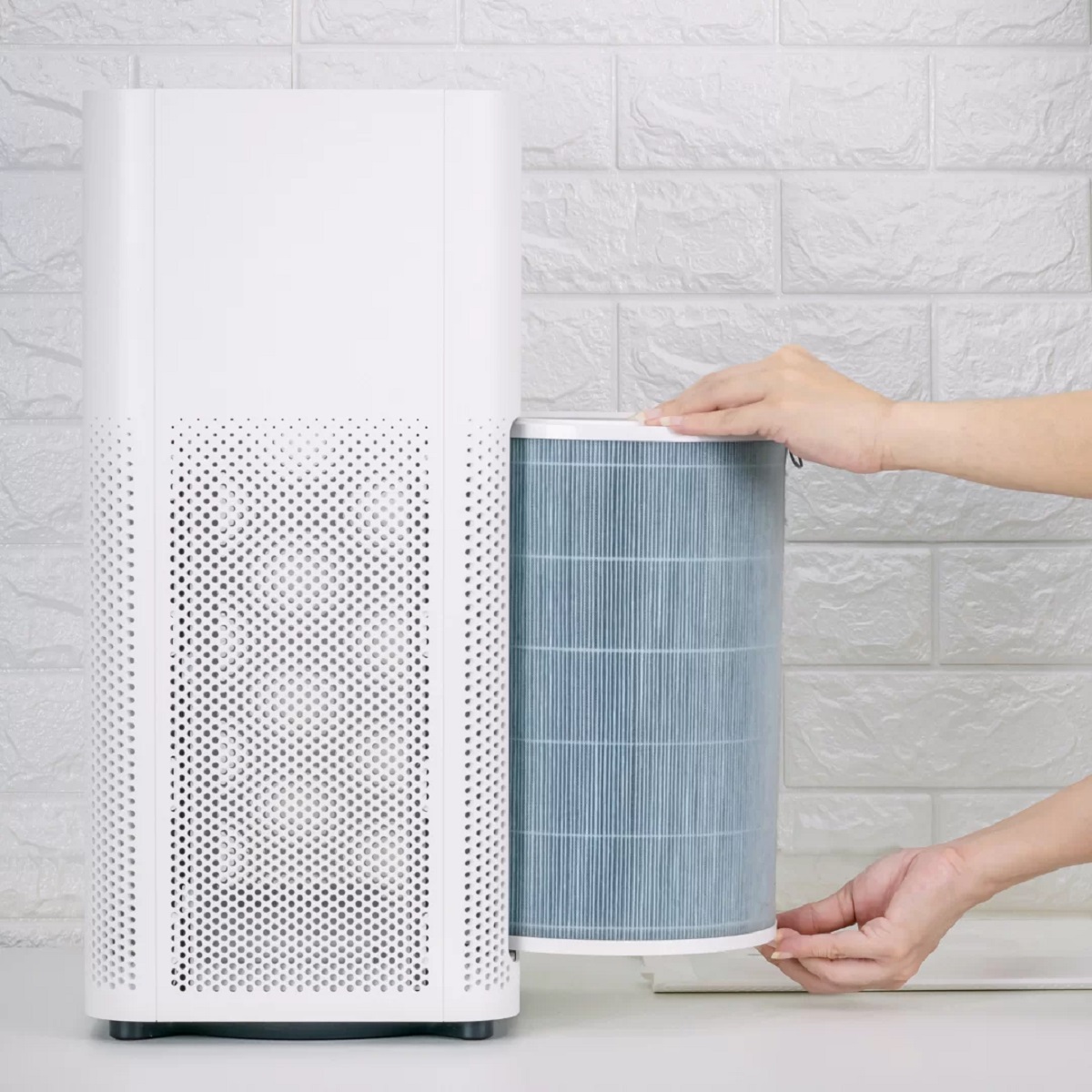

0 thoughts on “How Often Do You Wash Pillows”